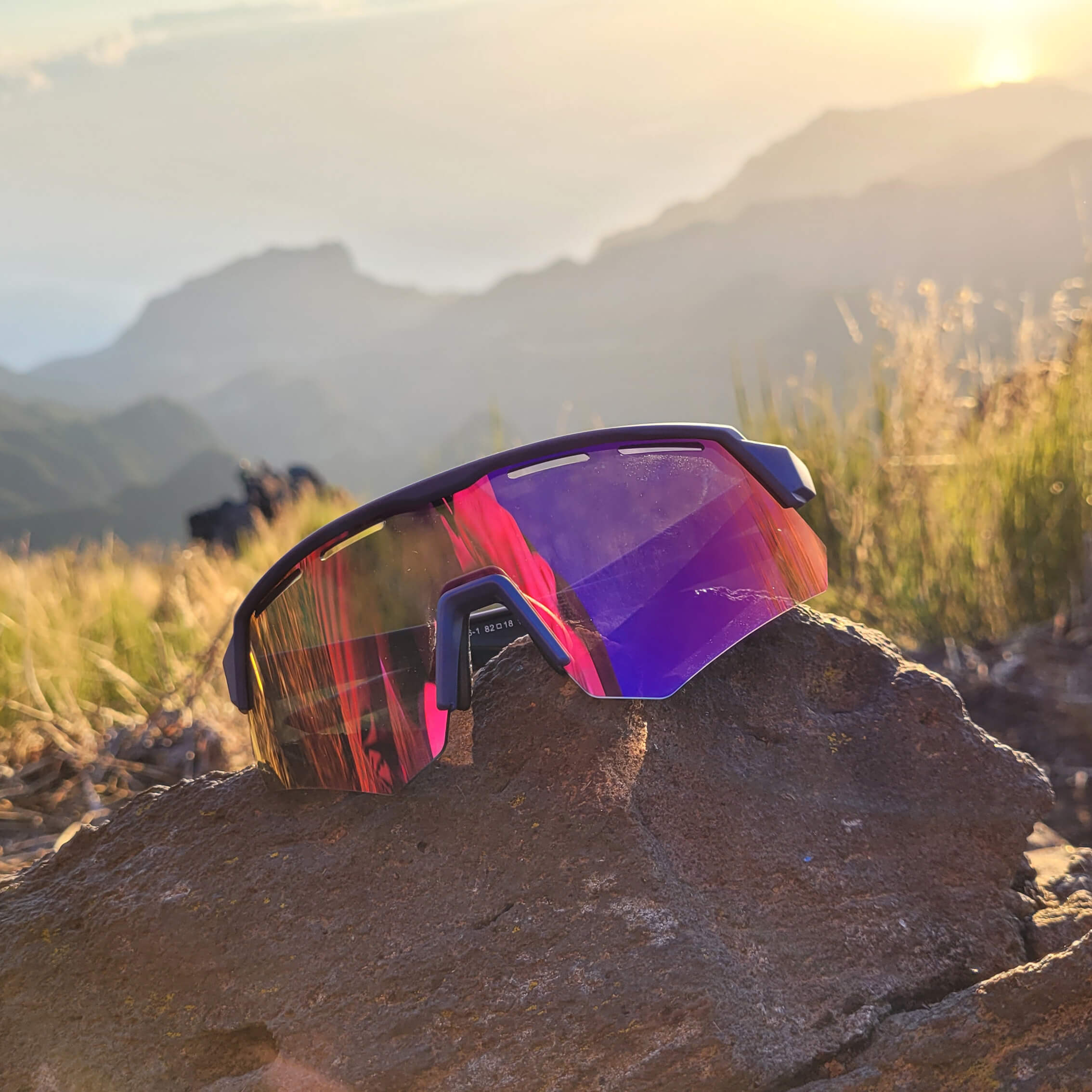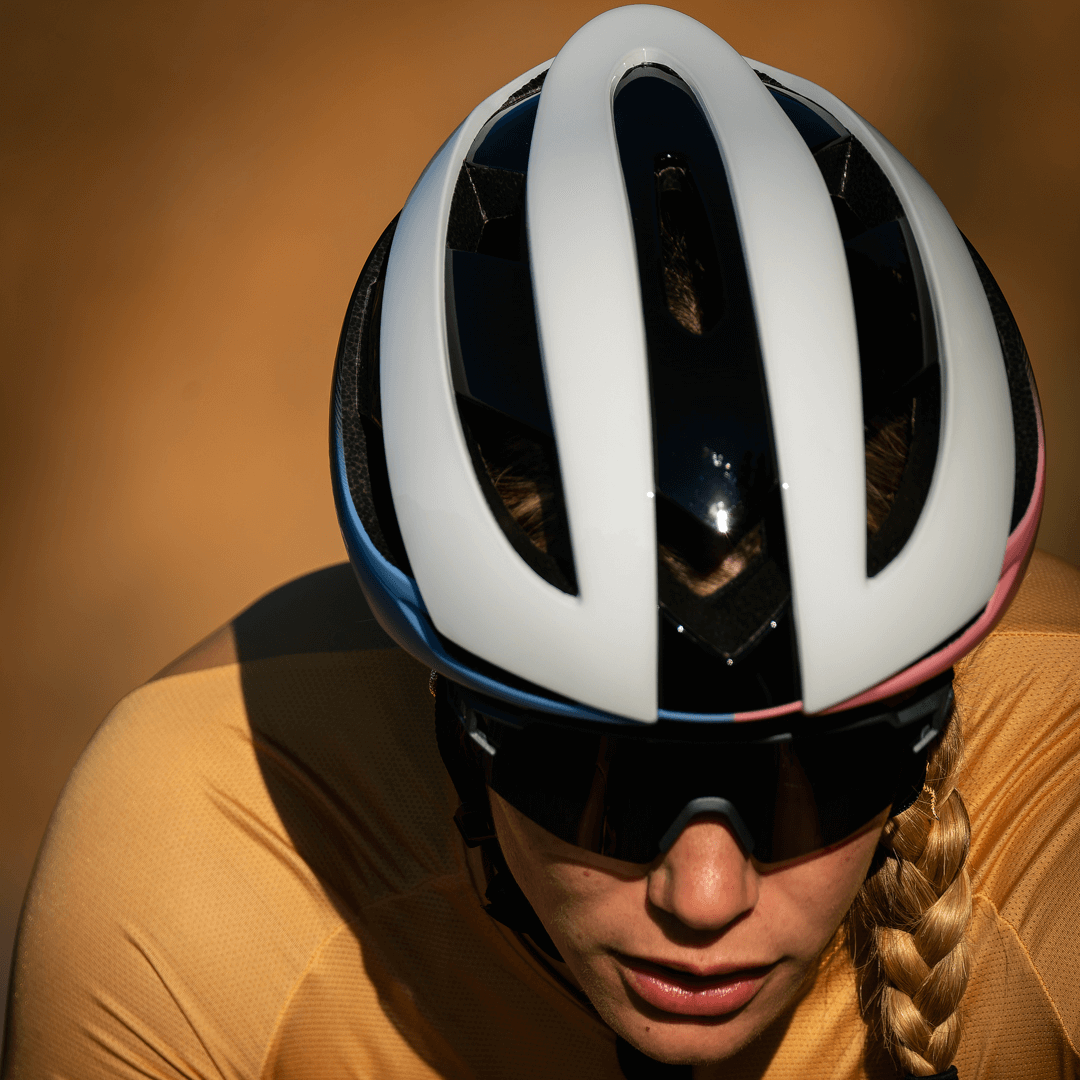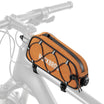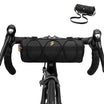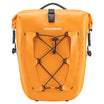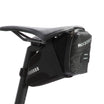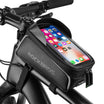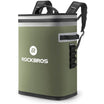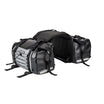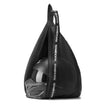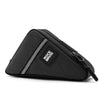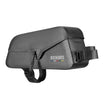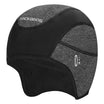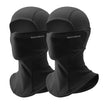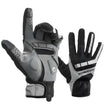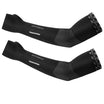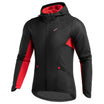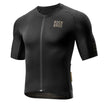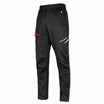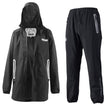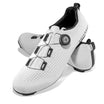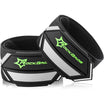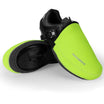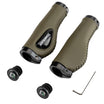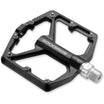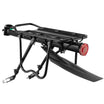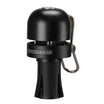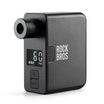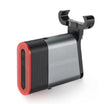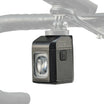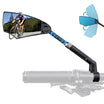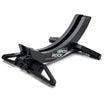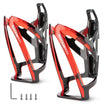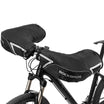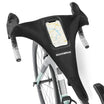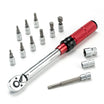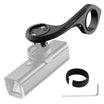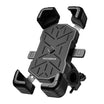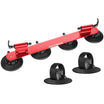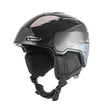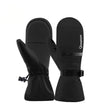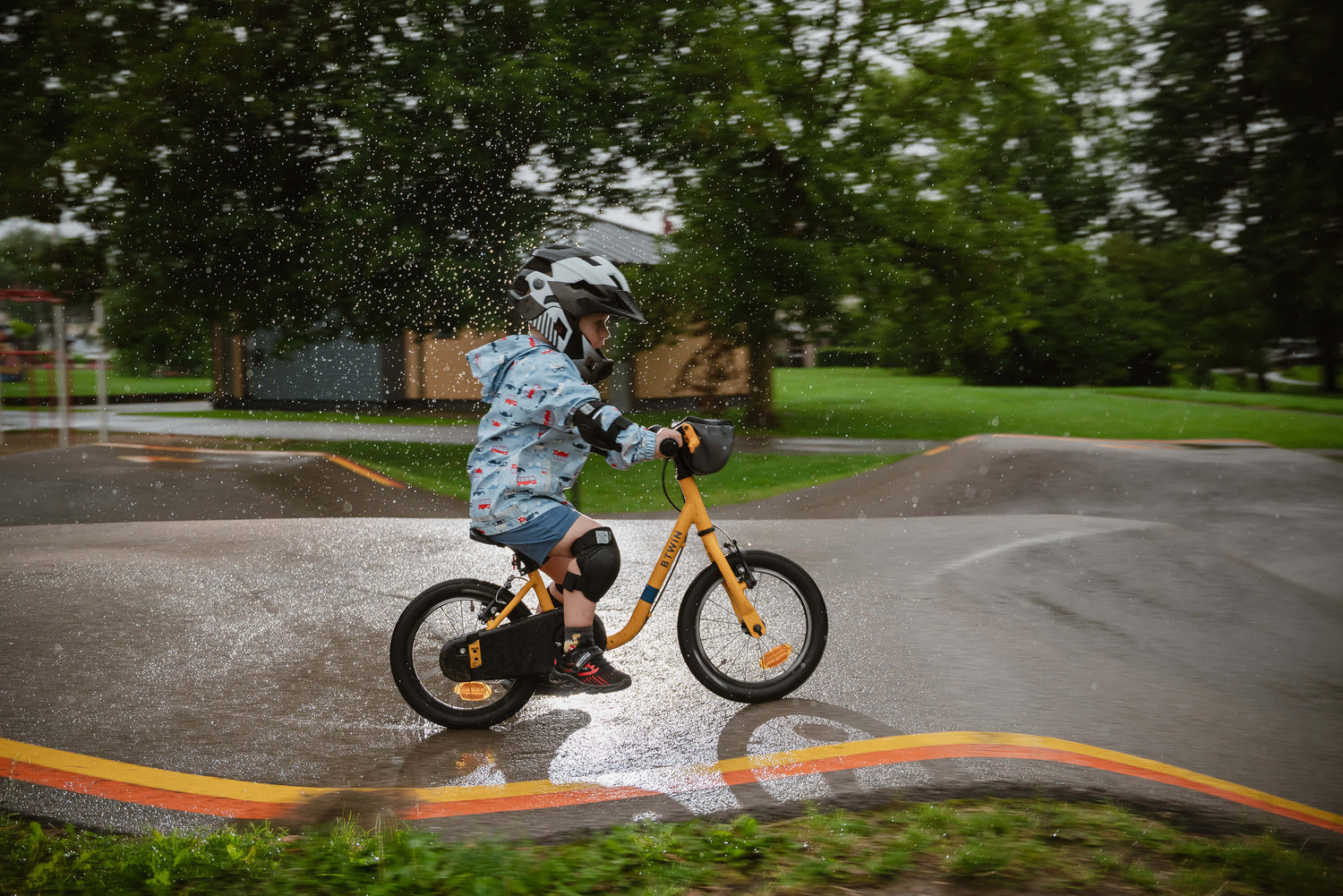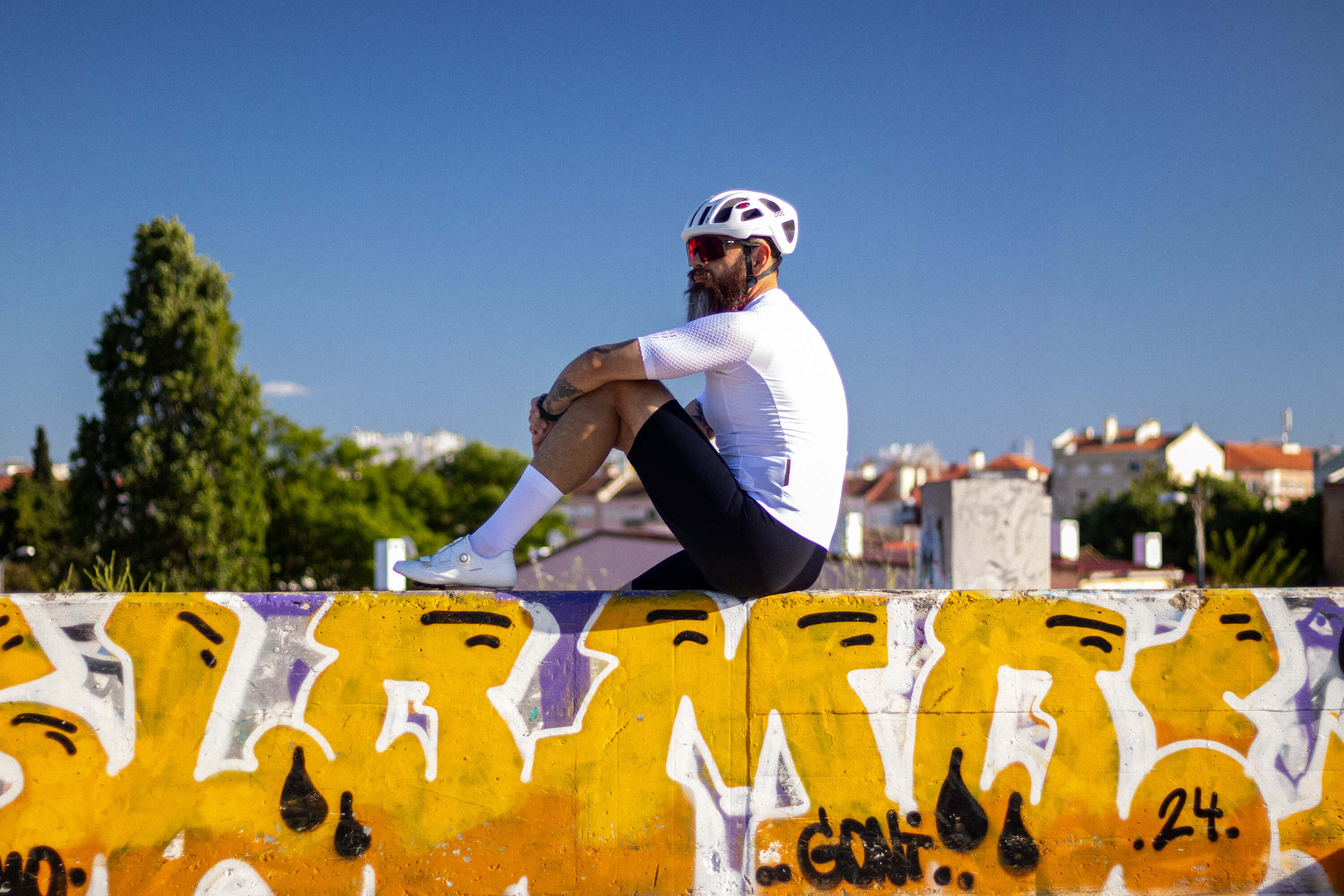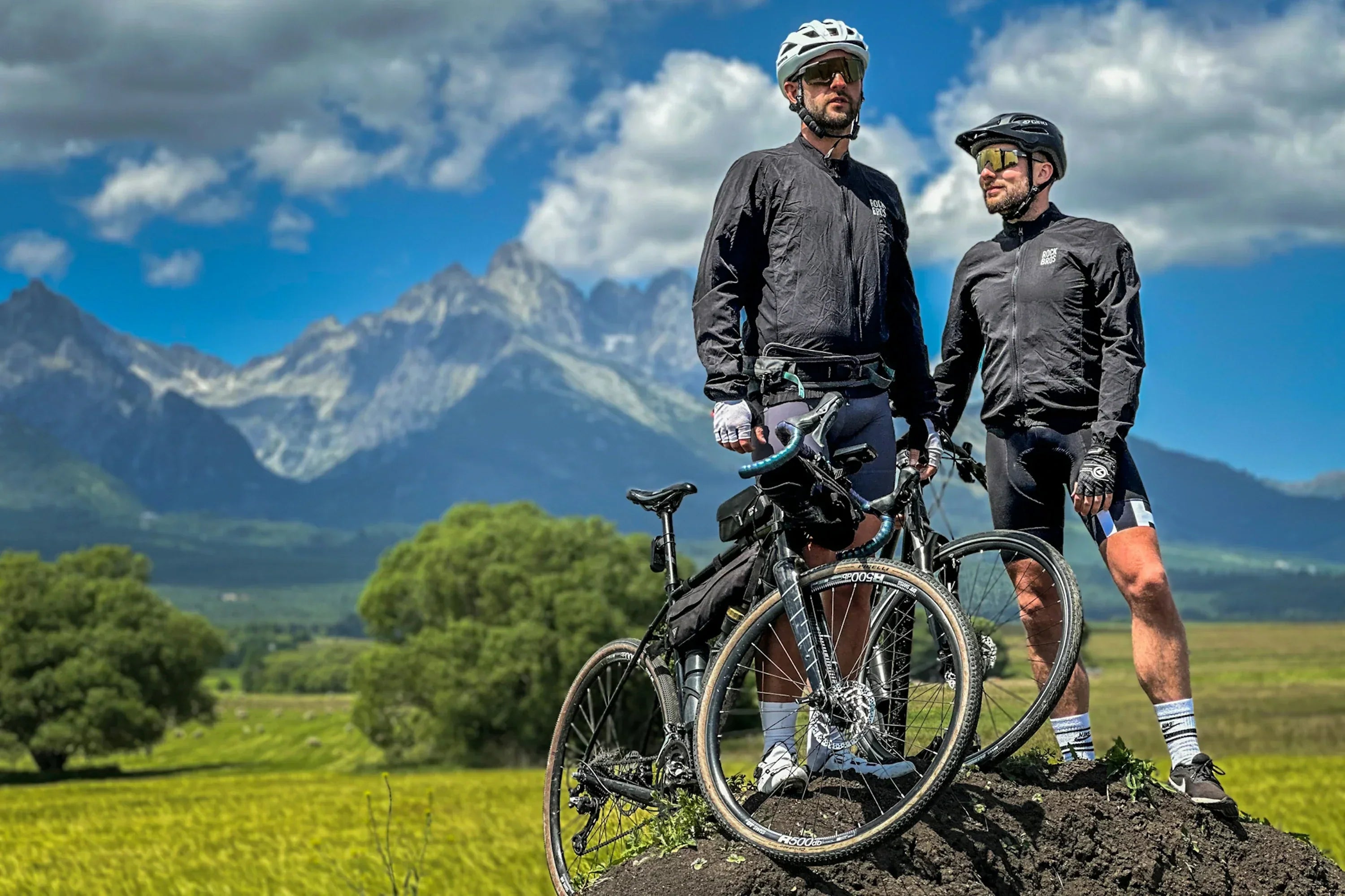Essential tips, safety gear, and practical advice to make your child's cycling journey to school safe, enjoyable, and confident this term
Is Your Child Ready for the Ride Back to School?
As September arrives and UK schools prepare to welcome students back, thousands of families are dusting off bicycles and planning their return to two-wheeled school commutes. The back to school cycling period represents both an exciting opportunity for independence and a crucial time for establishing safe cycling habits that will last throughout the academic year.
Recent studies show that over 2 million UK children regularly cycle to school, with numbers steadily increasing as parents seek healthier, more sustainable transport options. However, the transition back to regular school cycling after summer holidays requires careful preparation, updated safety equipment, and renewed focus on road awareness skills.
Whether your child is embarking on their first independent cycling journey to school or returning to a familiar route, the key to success lies in thorough preparation, appropriate safety gear, and building confidence through practice. The investment in proper equipment and safety education pays dividends in your child's wellbeing and your peace of mind throughout the school year.

Essential Safety Checks: Preparing Your Child's Bike for School
Before any child cycles to school, a comprehensive bike safety check forms the foundation of secure transportation. Summer holidays often mean bicycles have been stored in garages or sheds, potentially developing maintenance issues that could compromise safety during crucial school commutes.
Brake System Inspection Start with the most critical safety component – the brakes. Test both front and rear brakes to ensure they engage smoothly and bring the bike to a complete stop without excessive lever pressure. Check brake cables for fraying or rust, and examine brake pads for wear. Children's smaller hands require brakes that respond easily, so adjust lever reach if necessary to accommodate their grip strength.
Tyre Condition and Pressure Properly inflated tyres with good tread depth are essential for safe school cycling. Check for any cracks, embedded debris, or excessive wear that could lead to punctures during school commutes. Maintain manufacturer-recommended pressure levels – under-inflated tyres increase rolling resistance and puncture risk, while over-inflation reduces grip and comfort.
Chain and Gearing Assessment A well-maintained chain ensures smooth pedalling and reliable gear changes during school routes that may include hills or varying terrain. Clean and lubricate the chain, checking for stiff links or excessive wear that could cause mechanical failures during commutes.
Lighting System Verification Even during daylight hours, bicycle lights significantly improve visibility to motorists and other road users. Test both front and rear lights, replacing batteries and checking mounting security. Many UK school routes involve early morning or late afternoon cycling when natural light levels can change rapidly.

Building Confidence Through Route Planning and Practice
Successful school cycling begins with careful route selection and thorough familiarisation before term starts. The ideal school cycling route balances safety, directness, and age-appropriate challenges that build cycling confidence without overwhelming young riders.
Identifying Safe Cycling Infrastructure Many UK cities have invested heavily in cycling infrastructure specifically designed to support school commutes. Research dedicated cycle lanes, quiet residential streets, and traffic-calmed areas that connect your home to school. Local councils often publish school cycling route maps highlighting recommended paths and potential hazards.
Practice Runs and Skill Development Conduct multiple practice runs during school holiday periods when traffic patterns mirror term-time conditions. These rehearsals allow children to become familiar with junction navigation, traffic light timing, and potential hazards without the pressure of arriving punctually for lessons.
Focus on developing key skills during practice sessions: signalling clearly before turns, checking over shoulders before lane changes, and maintaining appropriate positioning relative to parked cars and traffic. These fundamental skills become automatic through repetition in low-pressure practice environments.
Weather Contingency Planning British weather demands flexible school transport arrangements. Establish clear criteria for when cycling conditions become unsuitable, and ensure your child understands alternative transport options. This planning reduces morning stress and maintains consistent school attendance regardless of weather conditions.

Essential Safety Gear for Young School Cyclists
Investment in quality safety equipment represents one of the most important aspects of preparing children for school cycling. The right gear protects against accidents while building confidence and encouraging consistent cycling participation throughout the academic year.
Helmet Selection and Fitting A properly fitted helmet forms the cornerstone of cycling safety equipment. Children's heads grow rapidly, so annual helmet replacement often proves necessary to maintain proper protection levels. Look for helmets meeting British Safety Standards with adjustment systems that accommodate growth while maintaining secure positioning.
Modern kids cycling helmets UK combine safety with appealing designs that encourage consistent wear. Bright colours and reflective elements enhance visibility, while comfortable ventilation systems prevent overheating during school commutes. Involve children in helmet selection to increase acceptance and consistent use.
High-Visibility Clothing and Accessories Visibility remains the primary factor in preventing cycling accidents involving children. Bright, fluorescent clothing catches driver attention during daylight hours, while reflective elements provide crucial visibility during darker morning and evening commutes.
School cycling safety gear should complement school uniform requirements while maximising visibility. Reflective backpack covers, high-vis arm bands, and reflective ankle straps provide practical solutions that work with existing school clothing policies.
Protective Equipment for Enhanced Safety Consider additional protective equipment based on your child's cycling experience and route challenges. Knee and elbow pads provide extra confidence for nervous riders, while cycling gloves improve grip and protect hands during potential falls.
Age-Appropriate Cycling Skills Development
Different age groups require tailored approaches to cycling education that match their developmental capabilities and road awareness levels. Understanding these progressions helps parents set realistic expectations and provide appropriate support for young cyclists.
Primary School Cyclists (Ages 5-11) Younger children benefit from structured skill development focusing on bike control, basic road awareness, and following simple safety rules. Many UK primary schools offer Bikeability training programmes that provide professional instruction in safe cycling fundamentals.
Emphasise consistent routine following rather than complex decision-making for this age group. Simple rules like "always stop at every junction" and "stay in the cycle lane" provide clear guidance that young minds can follow consistently.
Secondary School Transition (Ages 11-16) The transition to secondary school often involves longer, more complex cycling routes that require advanced skills and greater independence. This period demands careful progression from supervised rides to independent cycling, with ongoing assessment of readiness for increased responsibility.
Focus on developing hazard perception skills, understanding traffic flow patterns, and making safe decisions in challenging situations. Regular practice and gradual responsibility increases help build the confidence necessary for safe independent cycling.

Selecting the Right School Cycling Accessories
Practical accessories enhance safety and convenience for school cyclists while addressing the specific needs of educational environments. The right equipment makes cycling more appealing and sustainable as a long-term transport choice.
School Bag Solutions for Cyclists Traditional school backpacks can compromise cycling safety by affecting balance and creating blind spots during shoulder checks. Purpose-designed cycling backpacks or handlebar bags offer better weight distribution and maintain full range of movement for safe cycling.
Look for school cycling bags with reflective elements, secure closure systems, and weather protection for books and electronics. Compartmented designs keep school supplies organised while providing quick access to essentials like locks and lights.
Lock Security for School Environments School bike storage areas require robust security solutions that balance theft prevention with ease of use for young cyclists. Cable locks offer lightweight convenience but provide limited security, while D-locks deliver superior protection with increased weight and complexity.
Consider your school's specific security environment when selecting locks. Schools with supervised bike storage may require less sophisticated security than those with open, unsupervised areas.
Weather Protection Equipment British school cyclists need reliable weather protection that doesn't compromise safety or violate school dress codes. Lightweight rain jackets with reflective elements provide essential protection while maintaining visibility and movement freedom.
Mudguards prevent spray from wet roads reaching school clothing, while waterproof bike covers protect electronic devices and school supplies during unexpected downpours.

Building Long-Term Cycling Habits
Successful school cycling extends beyond immediate safety concerns to encompass habit formation that supports lifelong active transportation choices. The patterns established during school years often influence adult transport preferences and environmental consciousness.
Motivation and Reward Systems Positive reinforcement encourages consistent cycling participation, particularly during challenging weather periods or when motivation wanes. Simple reward systems recognising consistent cycling, safety improvement, or route mastery help maintain engagement throughout the academic year.
Consider family cycling challenges, distance tracking, or environmental impact calculations that demonstrate the broader benefits of choosing cycling over motorised transport.
Social Cycling Opportunities Cycling becomes more enjoyable and safer when children ride with friends or siblings. Coordinate with other families to establish cycling groups that provide social interaction while improving overall safety through increased visibility and mutual support.
Many schools facilitate cycling buddy systems or organised ride-to-school events that build community around sustainable transport choices.
Seasonal Adaptation Strategies UK weather patterns require seasonal adjustments to cycling routines, equipment, and safety considerations. Autumn brings fallen leaves and reduced daylight, winter introduces ice and harsh weather, while spring cycling renewal often requires equipment updates and skill refreshers.
Prepare children for these seasonal variations through equipment updates, route modifications, and adjusted safety protocols that maintain cycling viability throughout the school year.

Supporting Your School's Cycling Culture
Active parent participation in school cycling initiatives strengthens safety outcomes while building community support for sustainable transport choices. Many schools benefit from parent volunteers who assist with bike maintenance, safety education, or cycling event organisation.
Collaboration with School Administration Work with school leadership to identify opportunities for improving cycling infrastructure, storage security, or safety education programmes. Parent feedback often influences school policy decisions regarding cycling facilities and support services.
Community Safety Initiatives Participate in local road safety campaigns, school zone speed limit advocacy, or cycling infrastructure improvement projects that benefit all young cyclists in your community. These broader initiatives create safer environments for all school cyclists.
Peer Education and Support Experienced cycling families can provide valuable mentorship for families new to school cycling. Sharing practical knowledge about routes, equipment, and safety strategies builds community while improving overall safety outcomes.
Embracing the Back to School Cycling Journey
The return to school cycling represents more than simple transportation – it's an investment in your child's independence, health, and environmental consciousness. Quality preparation, appropriate safety equipment, and ongoing support create the foundation for positive cycling experiences that can last a lifetime.
ROCKBROS' comprehensive range of children's cycling accessories ensures young riders have access to professional-grade safety equipment designed specifically for their needs. From adjustable helmets that grow with your child to high-visibility accessories that complement school uniform requirements, investing in quality gear demonstrates your commitment to their safety and success.
As families across the UK prepare for another school year, the choice to support cycling represents a commitment to healthier, more sustainable communities. With proper preparation, appropriate equipment, and ongoing encouragement, your child's school cycling journey can become a highlight of their educational experience while building skills and confidence that extend far beyond the classroom.


